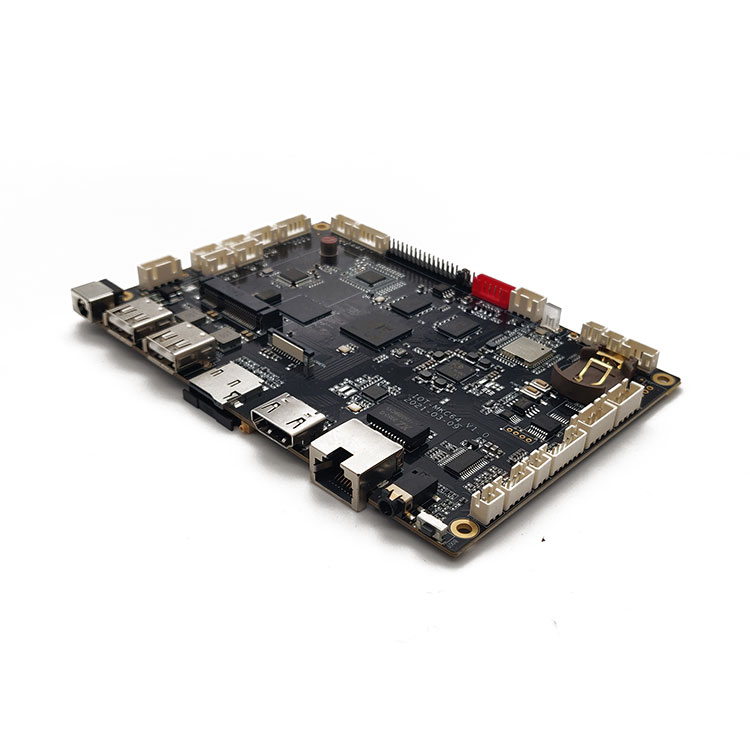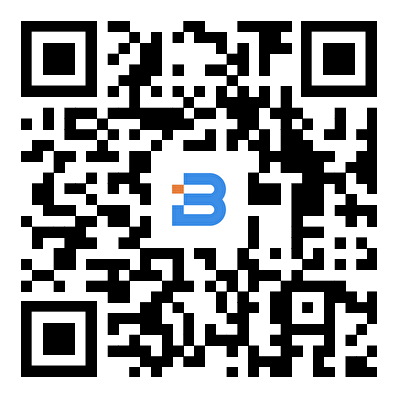Aspects related to industrial control boards
2024-01-15
An industrial control board, often referred to as an industrial controller or control system, is a specialized electronic device or circuit board used to manage and regulate industrial processes and machinery. These systems are integral components in industrial automation and are designed to monitor, control, and coordinate various elements within a manufacturing or industrial environment. The primary goal is to ensure efficient and reliable operation while often providing real-time data and feedback.
Here are key features and aspects related to industrial control boards:
1. Control Logic:
- Industrial control boards typically incorporate control logic, which is responsible for executing predetermined algorithms and instructions to manage processes. This logic can include PID (Proportional-Integral-Derivative) controllers, state machines, or other control strategies.
2. Inputs and Outputs:
- These boards interface with various sensors and actuators, translating input signals from sensors (such as temperature sensors, pressure sensors, etc.) into control signals for actuators (such as motors, valves, etc.). The number and types of inputs and outputs depend on the complexity of the industrial process.
3. Communication Interfaces:
- Industrial control boards often have communication interfaces to connect with other components in the industrial network. Common protocols include Modbus, Profibus, Ethernet/IP, and others, facilitating communication with PLCs (Programmable Logic Controllers), SCADA (Supervisory Control and Data Acquisition) systems, and other devices.
4. Processing Unit:
- The processing unit of an industrial control board can vary, ranging from microcontrollers to more powerful processors, depending on the complexity of the tasks and the need for real-time processing.
5. Memory:
- Memory on the control board is used to store control algorithms, configuration parameters, and other necessary data. Flash memory is often used for program storage, and RAM for temporary data storage during operation.
6. Reliability and Robustness:
- Industrial environments can be harsh, with factors like temperature variations, electromagnetic interference, and vibration. Industrial control boards are designed to be rugged and reliable, often meeting specific industry standards for durability.
7. Safety Features:
- Depending on the application, industrial control boards may include safety features such as emergency stop functions, fault detection, and fail-safe mechanisms to ensure the safety of personnel and equipment.
8. User Interface:
- Some industrial control systems have a user interface, which could be a simple panel with buttons and indicators or a more advanced HMI (Human Machine Interface) with touchscreens and graphical displays for monitoring and control.
9. Programming and Configuration:
- Industrial control boards are usually programmed or configured to perform specific tasks. The programming can be done using various languages like ladder logic, structured text, or graphical programming environments.
Examples of industrial control boards include Programmable Logic Controllers (PLCs), Distributed Control Systems (DCS), and Single-Board Computers (SBCs) tailored for industrial applications. These boards are critical for automating and optimizing manufacturing and industrial processes in sectors such as manufacturing, energy, chemical processing, and more.



